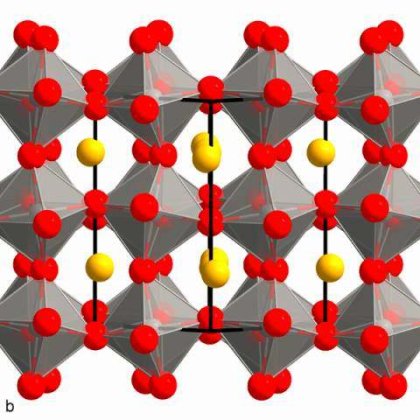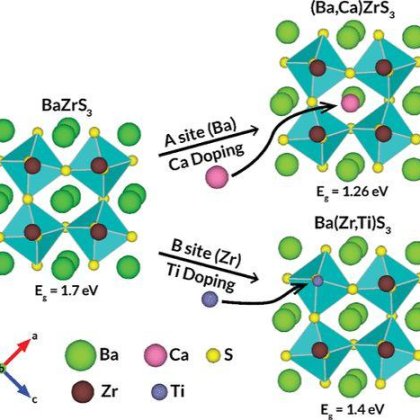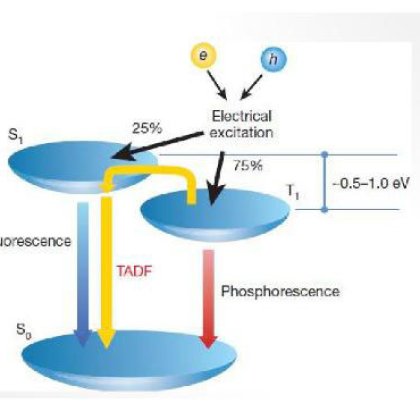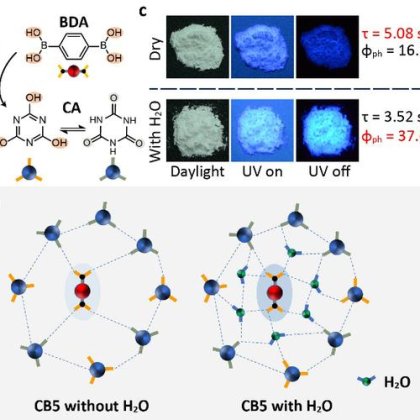Trin-propylamine hydrobromide
Purity: ≥99.0%
Synonyms: Tripropylammonium bromide, TPABr
CAS number: 7359-95-7
Molecular formula: C9H22BrN
Molecular weight: 224.19
A new eco-friendly and highly emitting Mn-based hybrid perovskite toward high-performance green down-converted LEDs
Ben Abdelhadi, Asmae; Gutiérrez, Mario; Cohen, Boiko; Lezama, Luis; Lachkar, Mohammed; Douhal, Abderrazzak [Journal of Materials Chemistry C, 2023, vol. 12, # 1, p. 286 - 295]
Abstract
As luminescent materials, lead-free zero-dimensional (0D) organic-inorganic metal halide perovskites have recently attracted special attention. Here, we have synthesized a novel lead-free manganese-based organic-inorganic hybrid halide (TPA)2MnBr4 where TPA = [(C3H7)3NH] (i.e., tri-n-propyl-ammonium). The single crystal X-ray diffraction (SCXRD) shows that (TPA)2MnBr4 crystallizes in the triclinic phase and P1̄ space group, with the lattice parameters of a = 9.5444(2) Å, b = 10.1056(2) Å and c = 15.1835(3) Å. The powder XRD (PXRD) pattern confirms the synthesized perovskite's high purity and crystalline nature. The crystalline structure of the melted sample at 72 °C and after cooling down to room temperature is similar to the not melted one, while the material shows high-temperature sustainability up to 180 °C. The EPR experiments confirm the tetrahedral environments of the Mn ions. In this compound, the [MnBr4]2-tetrahedral units are isolated by large (TPA) organic cations, resulting in a unique 0D structure. This 0D perovskite emits a strong green light under UV excitation, with a maximum at 520 nm and a high photoluminescence quantum yield (PLQY) of 62% benefitting from the lowest d-d orbital transition of the Mn ion in the tetrahedral crystal field and the long Mn-Mn distance, respectively. The photoluminescence lifetime of (TPA)2MnBr4 is 0.39 ms. Fluorescence lifetime imaging microscopy (FLIM) shows a uniform distribution of the emitting species with no apparent bulk or edge defects. A series of color-tunable down-converted light-emitting diodes (LEDs) were fabricated by using increasing amounts of (TPA)2MnBr4 as the phosphor layer, reflecting its high potential for application in LED technologies.
| Characteristic 1 | Br |
| Characteristic 2 | NH3 |













